Engine lubrication system: How does engine lubrication work?
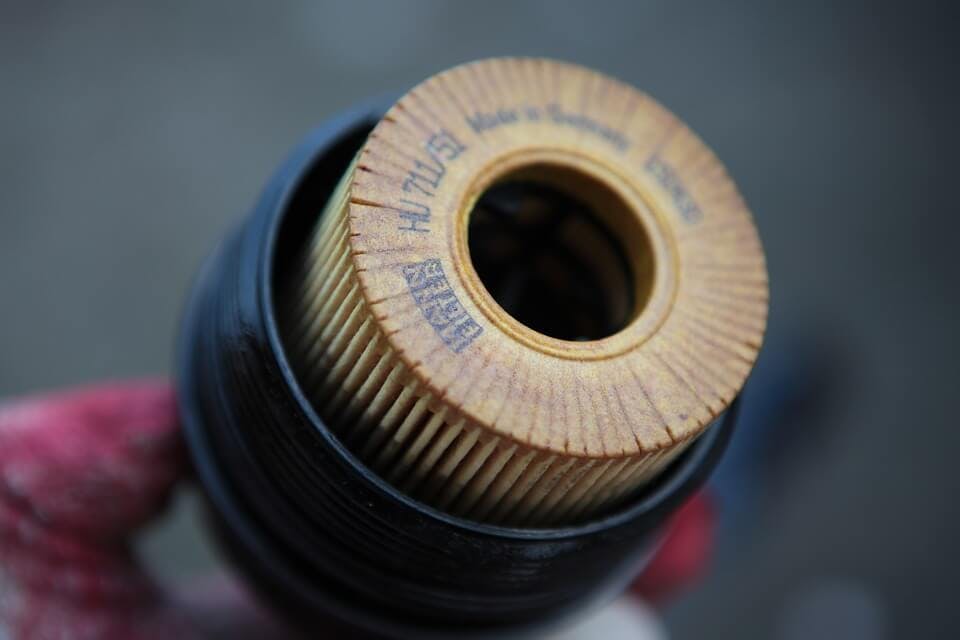
The lubrication system is an integral part of every piston combustion engine and is absolutely necessary for engine lubrication and, thus, smooth engine operation.
Without lubricating the engine with oil, the engine would not be able to function, or it could, but only for a short time.
Table of Contents
- Engine lubrication system and its function
- The engine lubrication system must ensure the following
- The most common methods of engine lubrication
- 1. Pressure lubrication
- 2. Lubrication with a dry crankcase
- 3. Lubrication with an oily mixture
- How does engine oil move through the lubrication system?
- Engine lubrication system components
- Lubrication system and engine oil
- What should you not forget
Engine lubrication system and its function
The engine's lubrication system's main function is to supply the individual parts of the engine with sufficient engine oil during operation. While doing so, the correct oil pressure must also be ensured.
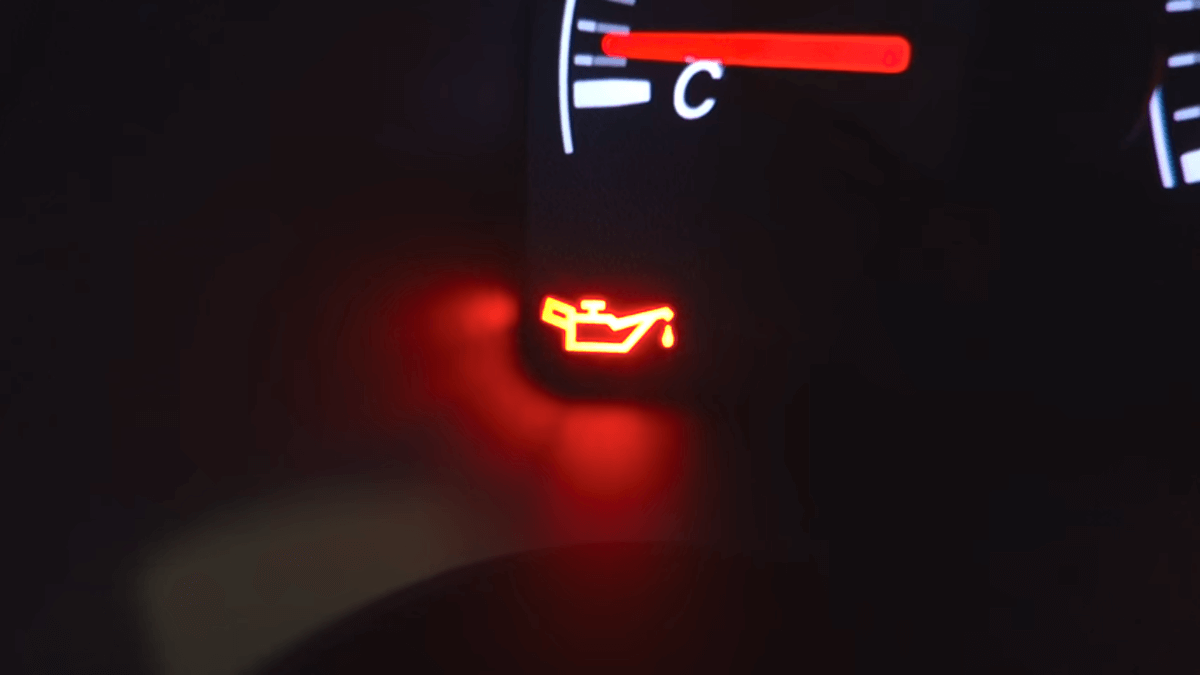
Oil pressure warning light: What is the problem?
The oil pressure warning light on the dashboard signals a drop in engine oil pressure. In this case, there is a risk of insufficient lubrication of individual engine components, which can lead to engine seizing.
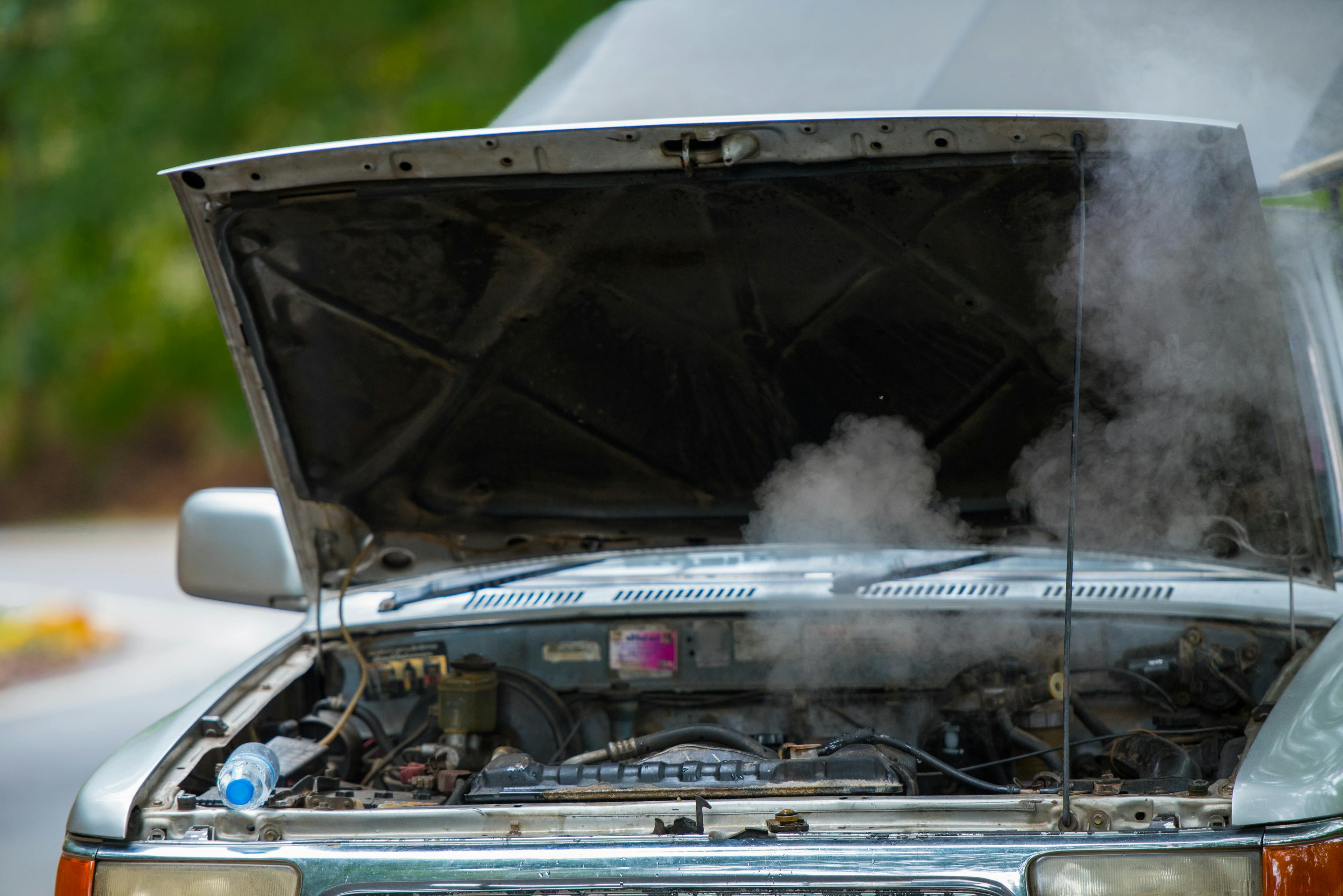
The engine lubrication system must ensure the following:
Lubrication - reduction of friction between moving parts of the engine so that there is no jamming
Cooling - removal of heat from places (components) that cannot be cooled using coolant
Sealing - sealing the contact surfaces between the piston and the cylinder so that the penetration of gases from the combustion chamber around the piston is as small as possible
Cleaning - removal of metal wear, deposits, and residues after the burnt mixture
Protection of metal parts from corrosion
Reduction of engine noise - oil film on contact surfaces dampens noise and vibrations
The most common methods of engine lubrication:
Pressure lubrication
Lubrication with a dry crankcase
Lubrication with an oily mixture
1. Pressure lubrication
Pressure lubrication is used in four-stroke piston combustion engines. The oil pump sucks engine oil from the oil sump through a strainer and pushes it through the lubrication channels to the lubricated parts of the engine.
In most cases, however, other cleaners (oil filters) are used in addition to the strainer to clean the oil. Engine oil drains back into the oil sump from the lubricated places.
2. Lubrication with a dry crankcase
This type of lubrication is used primarily in off-road and sports cars. In this lubrication method, the engine oil that flows into the oil sump is pumped into the oil tank by a suction pump.

Oil filter: What is it for, and when is it important to replace it?
From this oil tank, the second oil pump pushes engine oil through the oil filter to the lubricated parts of the engine. In this way, reliable lubrication is ensured even with very large inclinations of the vehicle or with large centrifugal forces caused by fast cornering.
3. Lubrication with an oily mixture
This is the easiest way to lubricate the engine. In this method of lubrication, the lubricating oil is added directly to the fuel. The engine manufacturer gives the ratio of mixing oil with fuel, but it ranges from 1:20 to 1:100.
Lubrication with an oily mixture is used for two-stroke engines of motorcycles, lawn mowers or chainsaws, or small work machines. In today's four-stroke automobile engines, however, the most widespread method of engine lubrication is pressure lubrication.
How does engine oil move through the lubrication system?
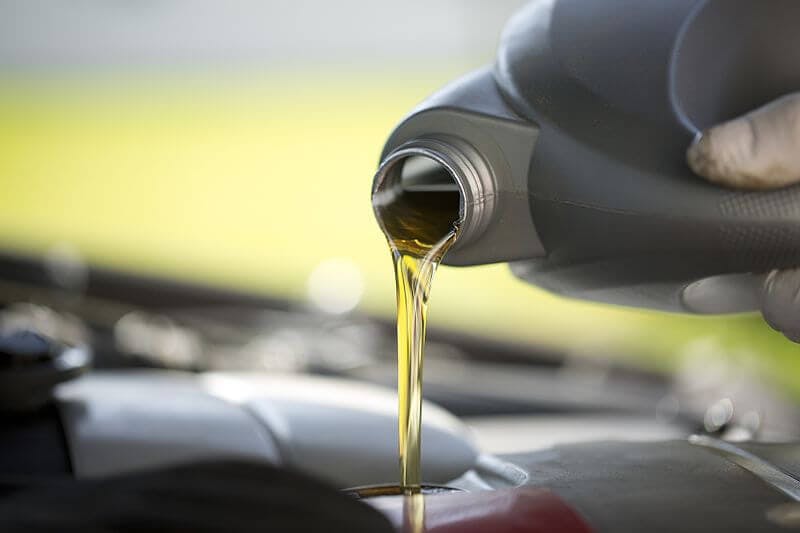
In the beginning, there is engine oil in the oil sump. From the oil sump, the engine oil is sucked into the oil cleaner (oil filter) through the suction basket using the oil pump. From the oil filter, the oil then goes to the crankshaft, where the crankshaft main bearings are lubricated using separate channels.
The oil reaches the connecting rod bearings from the crankshaft's main bearings. However, engine oil also travels to the cylinder head, where it lubricates the valve mechanism. The connecting rod bearings are followed by pistons and cylinders, which are lubricated using nozzles. These nozzles spray oil onto the cylinder walls.
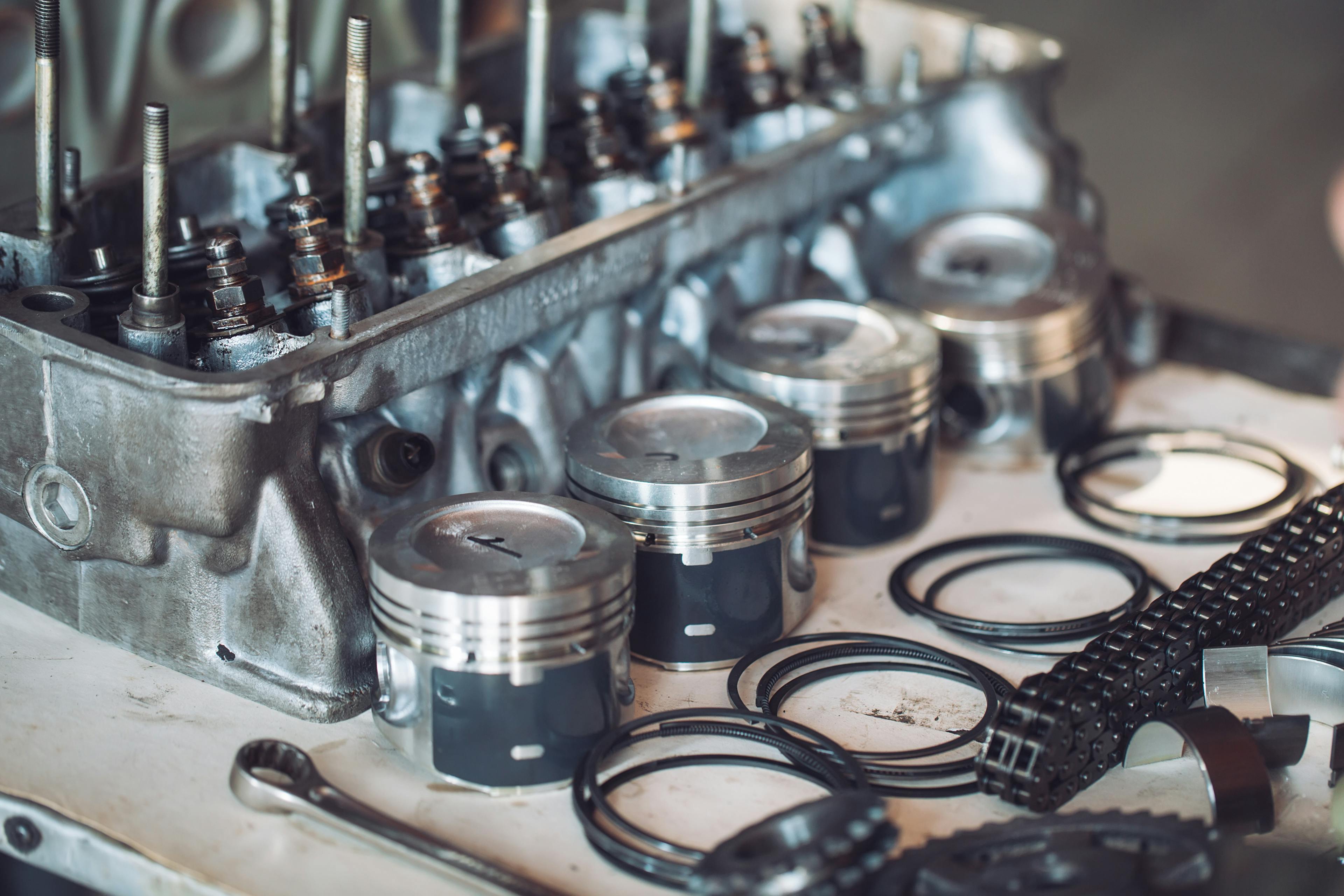
Engine Pistons: How do they work?
In some engines, however, engine oil also cools the pistons. Special nozzles are used for this, which spray oil into the piston head. The pistons have round holes around their circumference and grooves for piston rings (sealing and wiping).
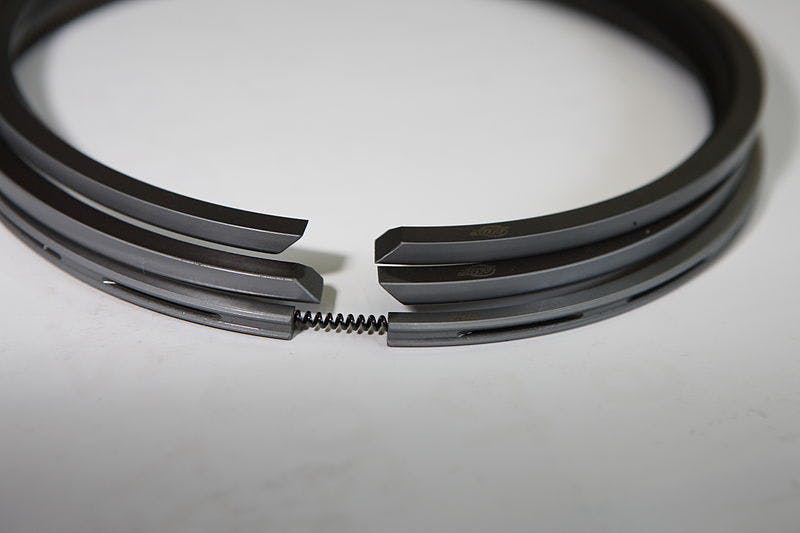
Piston Rings: What are their function and types?
The wiper ring spreads the engine oil on the walls of the cylinder, which then flows back into the engine oil sump through the round holes of the piston.
Engine lubrication system components
Oil sump
Oil pump
Engine oil pressure sensor
Engine oil level sensor
Reducing valve
Oil cleaner
Drain valve
Check valves
1. Oil sump
The oil sump contains a supply of engine oil for the engine but also encloses the crankcase from below. A gasket between the crankcase and the oil sump prevents oil leakage through the joint of these two parts.
In order to ensure reliable oil suction using the oil pump, the oil sump is equipped with partitions that prevent oil spillage from the pump suction point.
The surface of the oil sump serves not only as a cover for the crankcase but also as a cooling surface. For this reason, the oil sumps of some engines are equipped with cooling fins that help cool the engine oil.
2. Oil pump
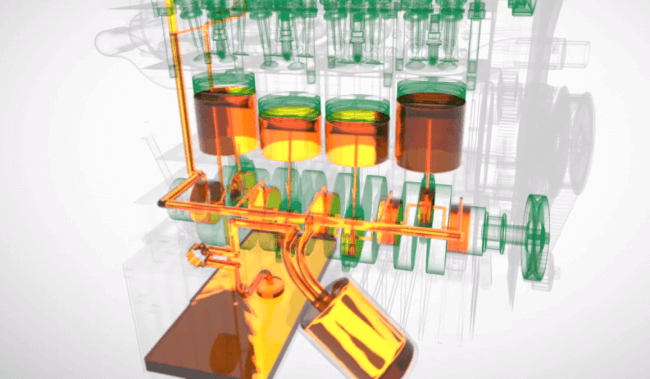
The oil pump transports engine oil to the lubrication points, ensuring sufficient pressure. The oil pump is, therefore, an essential part of any pressurized lubrication system.
3. Engine oil pressure sensor
This sensor is used to check engine oil pressure. The pressure sensor is located in the pressure line of the lubrication system behind the oil pump. If the oil pressure is sufficient, it pushes the engine oil against the diaphragm of the switching contact, which is connected to the vehicle frame.
In this case, the connection to the vehicle frame will be interrupted, which will cause the oil pressure warning light to go out. If the pressure is insufficient, the oil pressure warning light will come on, and, in some cars, the engine will go into emergency mode.
4. Engine oil level sensor
It is used to check the engine oil level. If the engine oil is low, this sensor sends a signal to the engine control unit, which lights up the engine oil level indicator.
5. Reducing valve
It is located after the oil pump and prevents the oil pressure from getting too high. Excessively high oil pressure is undesirable because it endangers seals, oil lines, hoses, oil cleaners, etc.
6. Oil cleaner
An oil cleanser is an oil filter designed to remove impurities from engine oil. In car engines, this filter is located in the lower or middle part of the engine.
The oil filter is used to prevent premature degradation of engine oil caused by solid impurities found in the oil, such as metal abrasion, soot, dust, and so on.
Filtering these impurities extends the lifespan of the engine oil and, thus, its replacement interval.
7. Drain valve
It is most often located in the body of the oil filter. In case of the oil filter clogging, the discharge valve ensures the supply of the engine with uncleaned engine oil.
Thus, the engine is lubricated with uncleaned oil, which is certainly a better case than the one in which it would not be lubricated.
8. Check valves
They are located in the inlet and outlet lines of the lubrication system. When the engine is off, these valves prevent oil from flowing back into the oil sump. After starting the engine, thanks to these valves, full lubrication is achieved in a much shorter time.
Lubrication system and engine oil
Engine oil is exposed to high thermal, chemical, and mechanical stress in the engine. Burnt gases and air penetrate the crankcase space between the piston and the cylinder, accelerating engine oil degradation.
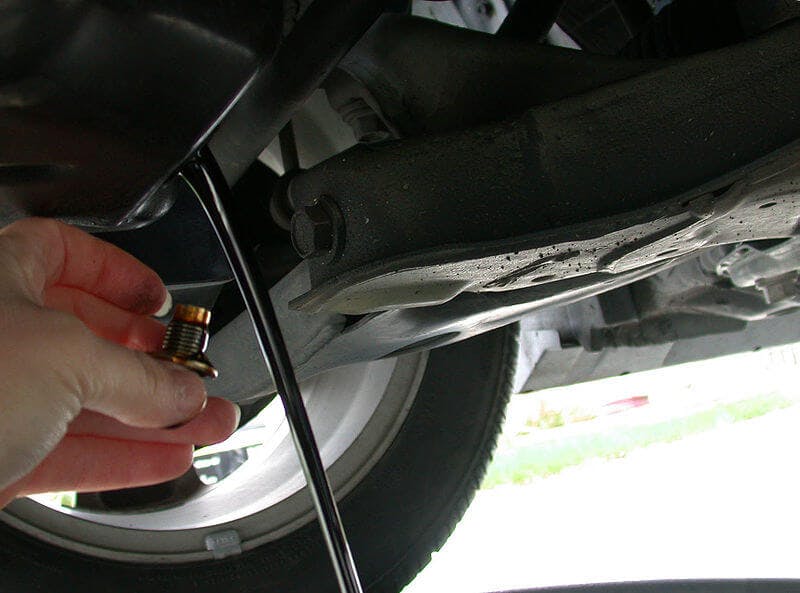
Impurities such as road dust, asphalt, wear from metal parts of the engine, water, or penetrating coolant also contribute to oil degradation. However, mechanical contamination of the oil with dust and metal abrasion is relatively easy to remove using an oil cleaner (oil filter). Keep in mind that oil degradation due to chemical influences cannot be prevented.

Engine Oil Classification Explained
The engine manufacturer prescribes oil change intervals and the correct engine oil specification according to the number of kilometers traveled or the time interval. Regardless of the replacement interval, you should regularly check the engine oil level.
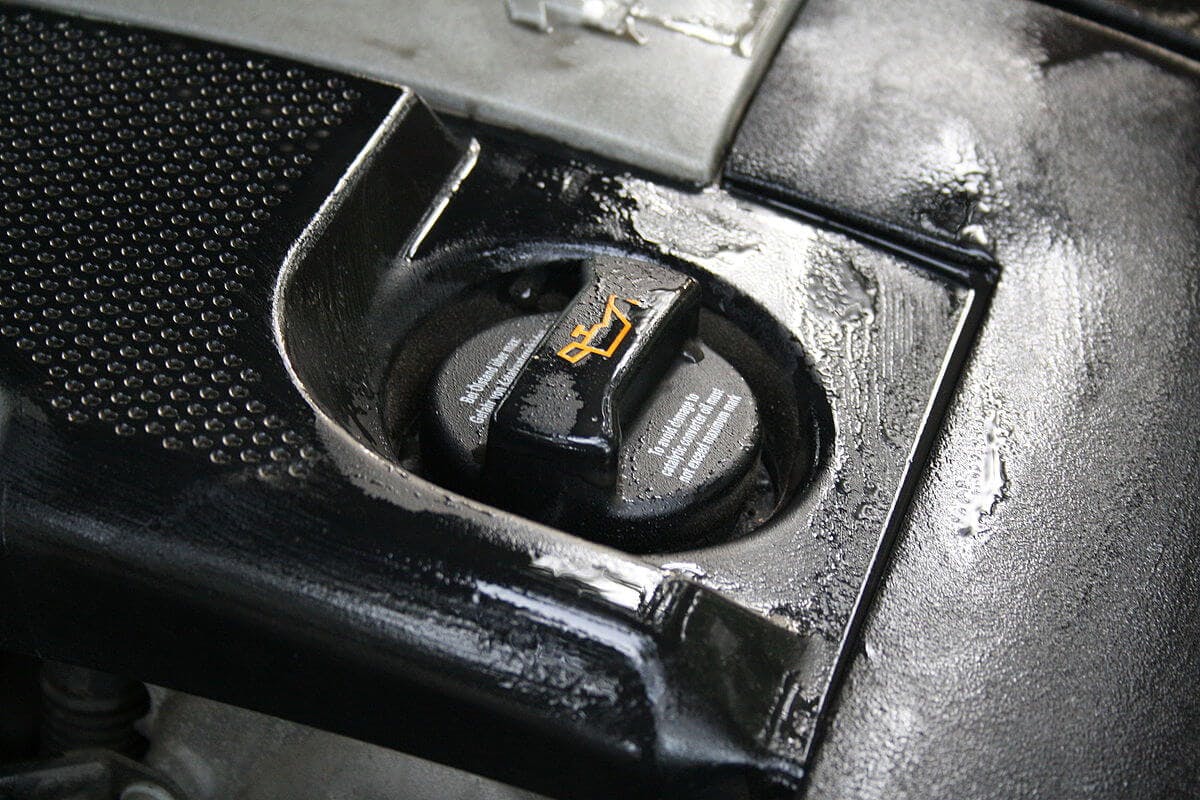
Excessive Engine Oil Consumption: What is the problem?
Every engine has a normal engine oil consumption, even if everything is in order and there is no malfunction or wear of any part, which could lead to excessive engine oil consumption.
The engine manufacturer specifies engine oil consumption. This normal consumption of engine oil occurs when the oil enters the combustion chamber.
What should you not forget
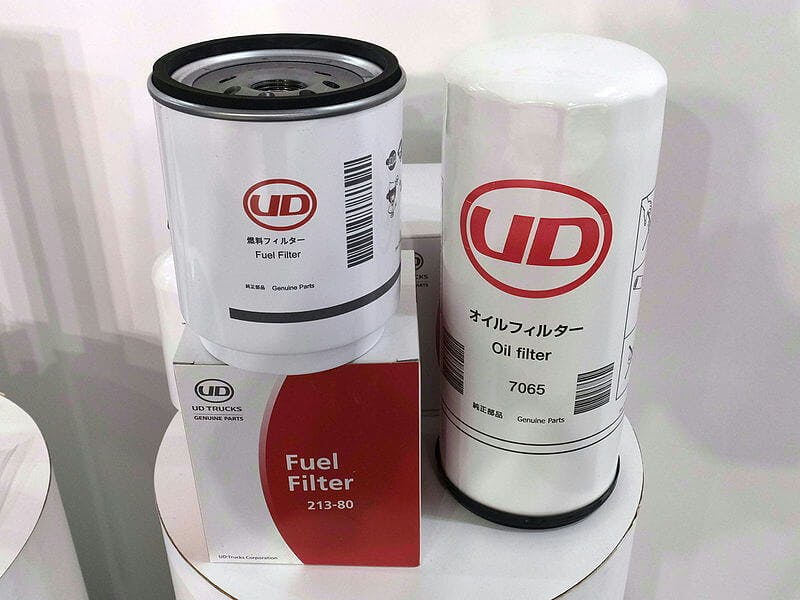
use the engine oil prescribed or approved by the engine manufacturer
regularly check the level of the engine oil
regularly change the engine oil, at the latest, according to the interval set by the manufacturer
change the engine oil only when the engine is warm
when changing the engine oil, the oil also needs to be changed, and the oil filter